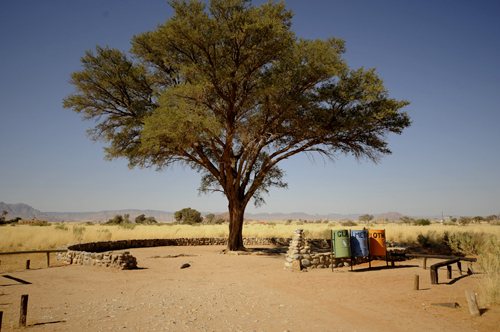
Booking in advance
Inside or outside?
How far to book in advance? Plus what is the difference between staying inside the park or just outside?
Welcome to a guide for Sesriem, Sossusvlei the Namib Desert.
The Namib Desert in Namibia forms part of the Namib-Naukluft National
Park. The Namib Desert - Sesriem and Sossusvlei The Namib Desert - one
of Namibia's amazing highlights, a beautiful, vast, symmetry of natural
beauty like no other place on earth. Covering an area of 80 900 km²
(31 200 square miles), stretching about 1000 miles (1,600 km) along the
Atlantic Ocean coast of Namibia but how do you experience this vast wild
beauty? See below for more information

How far to book in advance? Plus what is the difference between staying inside the park or just outside?
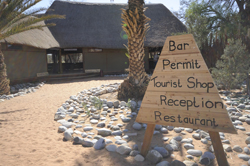
How much? Where do you pay?
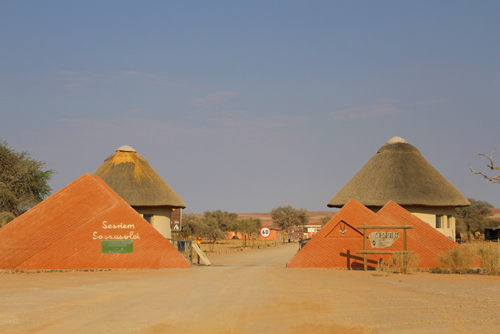
How do the two gates work? What time they open.
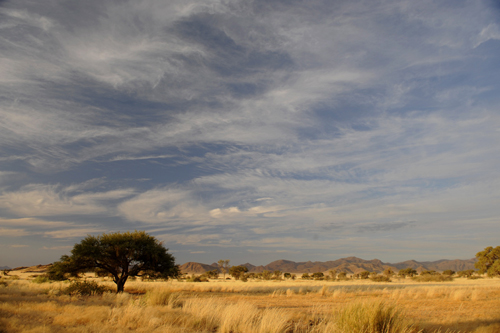
What is the best time of year to visit Sossusvlei?
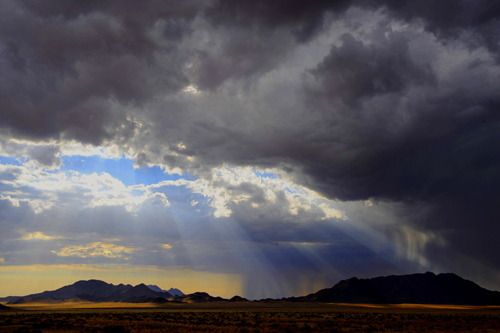
What is the weather going to be like when you visit?
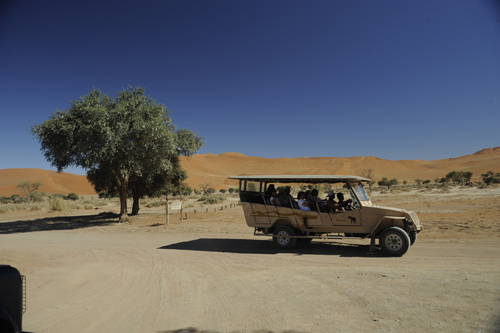
How to go and experience the Namib Desert
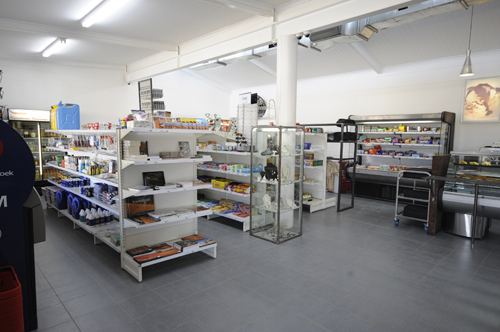
What can you get and where?
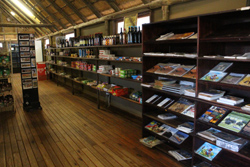
What can you use and where can you get cash?
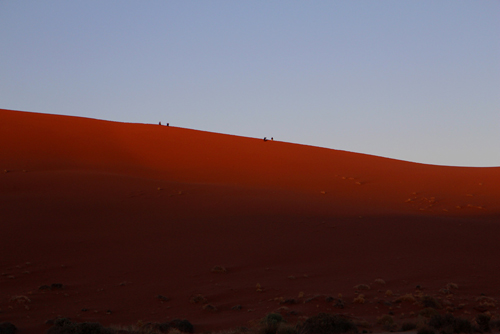
Some packing guides to help you.
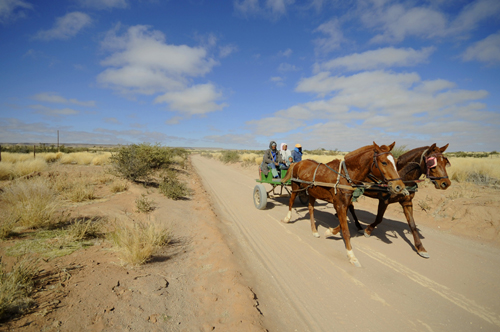
What vehicle do I need?
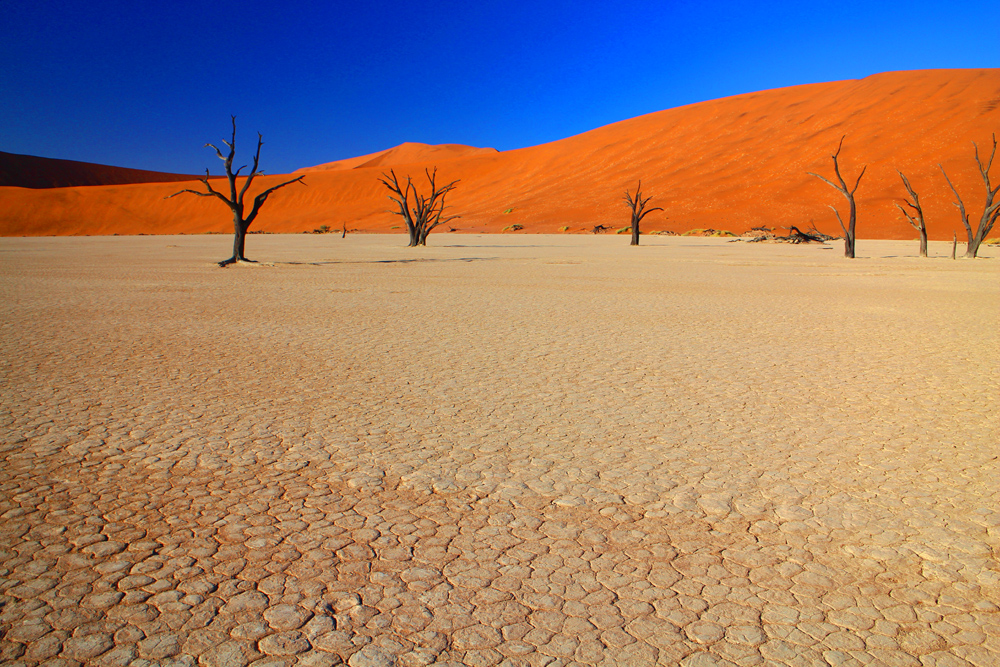
Hints tips and examples for photography in the desert.
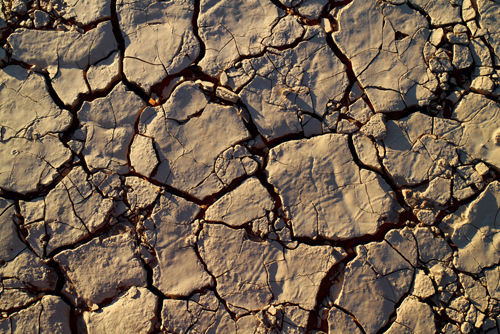
Etosha visitors guide all you need to know
It is considered to be the oldest desert in the world after the Atacama Desert in Chile. The Namib's aridity is caused by the descent of dry air cooled by the cold Benguela current along the coast. It has less than 10 mm (0.4 inches) of rain annually and is almost completely barren.
The Namib Naukluft Park is Namibia's largest nature reserve, about 50,000
sqkms in size. Most parts of this enormous area are not accessible to
man. You can only visit a small stretch north of the Kuiseb river: the
Naukluft Mountains and the Sossusvlei in the central dune fields.
The northern part between Swakop and Kuiseb is called the Namib Section.
The highlight of a visit to the Namib Naukluft Park is a trip to the Sossusvlei. It lies within an area of about 32 000 sqkms, the largest part of the park. Sossusvlei is the one attraction that should not be missed while you are in Namibia, the dunes are amazing and even though this is a popular tourist destination it is still easy to gain a sense of solitude while climbing one of the dunes or walking to dead or hidden vlei.
The sand-dunes at Sossusvlei are some 60km from the Sesriem gate (the entrance to the park) and the drive takes about an hour. The gate into Sesriem only opens at sunrise, so those staying outside of the park (which includes all the lodges in the area with the exception of Sossus Dune Lodge) will have to wait until sunrise to begin their journey to the dunes. Many of the lodges outside the Sesreim gate however have access to private areas of spectacular desert where they will take you for the Namib Sunrise experience.
Although the road into Sossusvlei is renowned for its rough condition it is traversable with a normal sedan vehicle (two wheel drive). The road from Sesriem to the 2x4 car park (4 kilometres from the vlei) is tarred but is in poor condition and is pot-holed. Because the dunes close in and the road becomes a sandy track near the vlei itself, if you do not have your own 4x4 you will have to walk the final stretch from the 2X4 parking area to the vlei - many people do - or use the 4x4 transfer service.
The best time to view Sossusvlei is close to sunrise and sunset; the colours are strong and constantly changing, allowing for wonderful photographic opportunities. The midday heat is intense and best spent in the shade while sunset also offers excellent photo opportunities at Sossusvlei.
'Vlei' is the Afrikaans word for a shallow depression filled with water (well, a depression that might sometimes be filled with water!), and the name 'Sossusvlei' should strictly only be applied to the pan that lies at the place where the dunes close in, preventing the waters of the Tsauchab River from flowing any further - that is, on the rare occasions that the river does flow as far as this.
During exceptional rainy seasons, Sossusvlei may fill with water, causing Namibians to flock there to witness the grand sight, but normally it is bone dry. This particular 'vlei' is actually a more-or-less circular, hard-surfaced depression that is almost entirely surrounded by sharp-edged dunes, beyond which lies a formidable sea of rolling sand, stretching in unbroken immensity all the way to the coast.
However, the name 'Sossusvlei' nowdays applies to the whole area - an
area that encompasses the great plain of the Tsauchab River together with
the red dunes that march along like giant sentinels to south and north
of the plain.
The second attraction of the area is Sesriem Canyon, which is only a few
kilometres from the campsite, the entrance gate, and main Nature Conservation
office.
The canyon derives its name from the fact that early Afrikaner trekkers had to use six ('ses') leather thongs (a thong is a 'riem') so that their buckets could reach the water far below. The canyon begins as an almost imperceptible but nevertheless deep cleft in level, stony ground, and then widens until it finally flattens out onto the plain. Because it is so deep and sheltered, it often holds water well into the dry season - an invigorating sight in such a barren and stark environment.